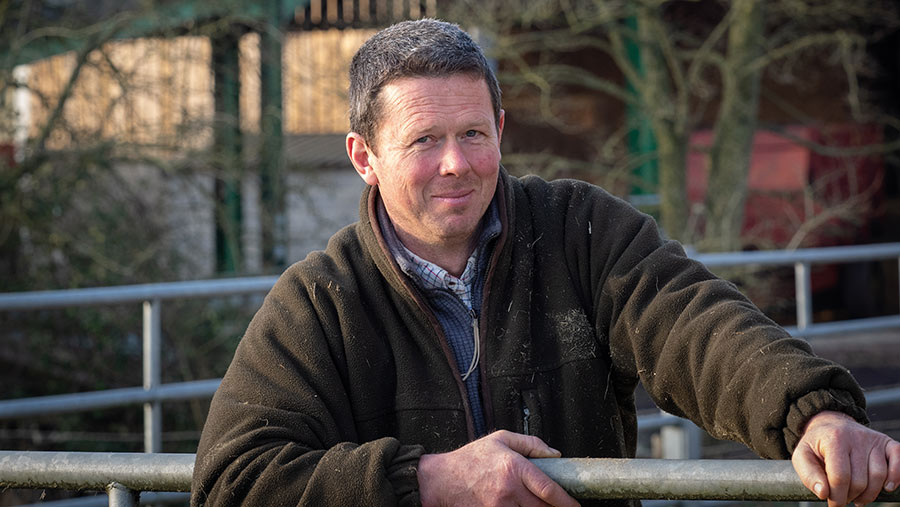Farmer Focus: What’s the point in lambing in February?
 © Kathy Horniblow
© Kathy Horniblow What a month or so it’s been. I was lambing at the start of February in short sleeves in the dry and warm.
Yes, we all thought it couldn’t last but we’ve had a bit of a beating. Horribly wet snow sticking to three-week-old lambs and draining their energy is not good.
We put so much effort into them, it is demoralising to see them huddled under the hedge.
See also: The system that helps a sheep unit save £30,000 on feed
Interestingly, I saw a question on a lambing website by a member of the public.
They asked why so many farmers lamb in February and March if so many lambs die. I don’t think the question had any malicious intent, but some of the replies were not the best.
So why do we? Is it market forces? Is it to do with grass growth and the natural breeding cycle?
Certainly, the costs involved in out-of-season lambing are prohibitive, or we would need massive sheds to house the stock in inclement weather.
I haven’t seen any recent national loss figures (the figure often banded around is 15% mortality from scanning to weaning) and cause of death, but weather, starvation and hypothermia would be big causes of lamb loss, I’m sure. Predation will be high as well.
Currently, we are having a problem with magpies and red kites – one I can control, one I can’t.
“Oh, they only take carrion,” people say. A weak lamb that might spark up with a suck of milk doesn’t get the opportunity when it’s gutted by a red kite.
The turnips only yielded 1,200 lamb grazing days/ha. Not good – we wanted 2,500 days.
But we could have had a complete failure in last summer’s drought, so at least it fed 700 lambs for 60 days.
The clamp silage should now see us through, which is a big relief.
We are calculating the most economical way to make 1,000t of forage for next winter. Grass leys cut here and a small increase in the maize ground should do it.
All sheep yards have been cleaned out for the next batch. We must keep these in until they are strong to turn out as the rented land offers no shelter. Let’s hope April is the real spring.

